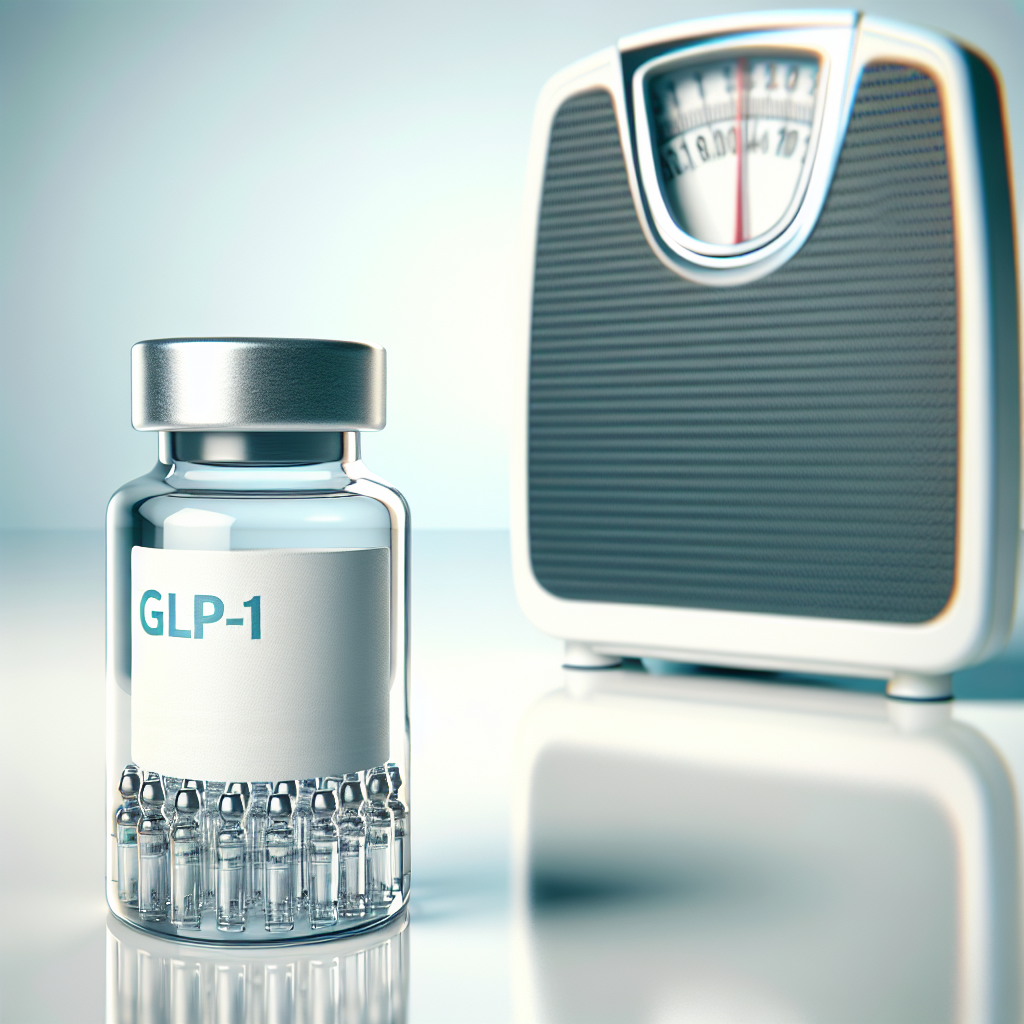The next big thing in weight loss drugs isn’t weight loss.
Wall Street Journal pharma reporter Peter Loftus noted on Monday that the future of GLP-1 drug sales lies in discovering new medical uses for these slimming treatments.
The leading players in the GLP-1 market are Novo Nordisk, which produces Ozempic and Wegovy, and Eli Lilly, the maker of Mounjaro and Zepbound. GLP-1 drugs mimic a gut hormone that regulates blood sugar and suppresses appetite. Initially marketed to treat Type 2 diabetes, their uses have expanded to combat obesity.
However, with some health insurers still hesitant to cover these treatments solely for obesity, which can cost up to $1,300 a month, pharmaceutical companies are testing these drugs for broader applications. Research is underway to explore their potential in treating heart, kidney, and liver diseases, with the goal of expanding insurance coverage, and these efforts are beginning to yield results.
The Food and Drug Administration expanded the approved use of Wegovy in March to include reducing heart risks for adults who are obese or overweight. This decision allows Medicare to cover the drug, providing access to about 3 million more Americans.
BMO Capital Markets analysts estimate that the new use of Wegovy for heart conditions will generate an additional $3.2 billion in annual sales for Novo Nordisk, according to Loftus.
In April, Eli Lilly announced that Zepbound was found to help alleviate sleep apnea in obese patients during late-stage clinical trials. The company plans to seek FDA approval to expand the drug’s use to include treating this condition.
Jefferies analysts estimate this could boost Zepbound sales by $5 billion.
“There’s more than weight loss here,” said Derek Asay, senior vice president of value and access at Eli Lilly, about the ongoing trials exploring other uses for GLP-1 medications.
The relentless demand for these drugs has transformed Novo Nordisk and Eli Lilly into the largest pharmaceutical companies globally by market capitalization. The high demand has led to ongoing shortages and even boosted Denmark’s GDP last year.
Morgan Stanley analysts predict that the global market for these drugs will reach $105 billion by 2030.
